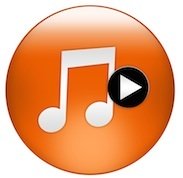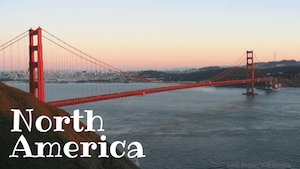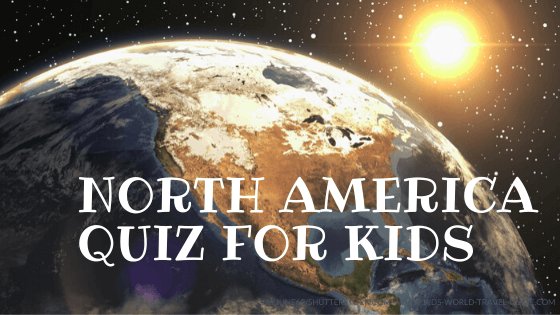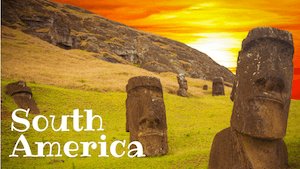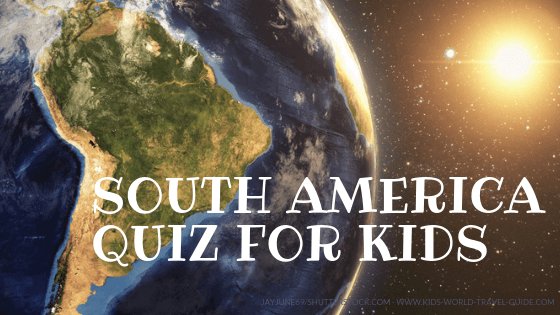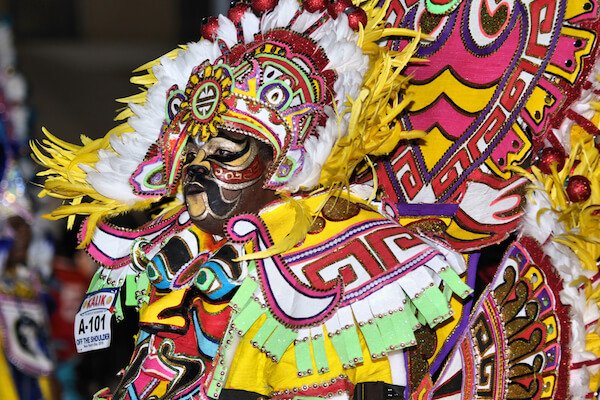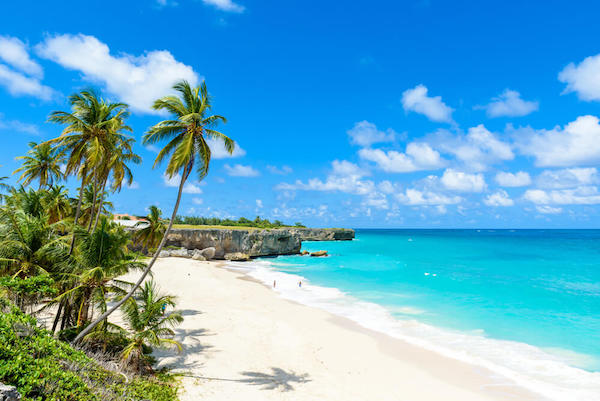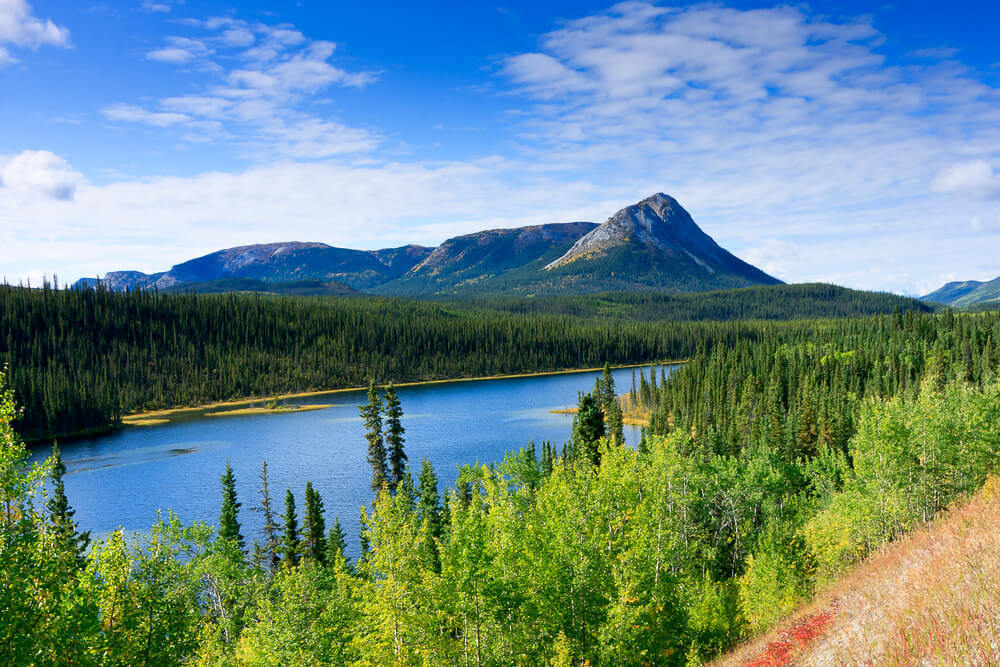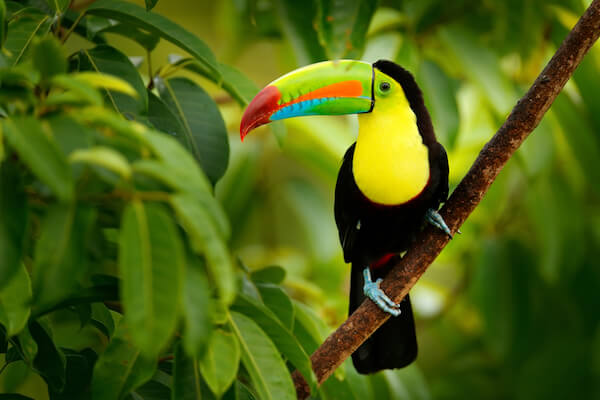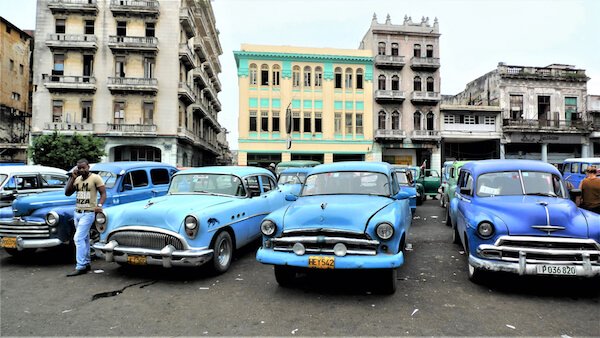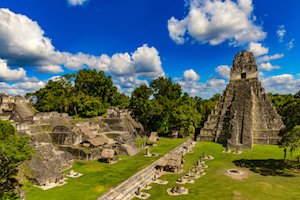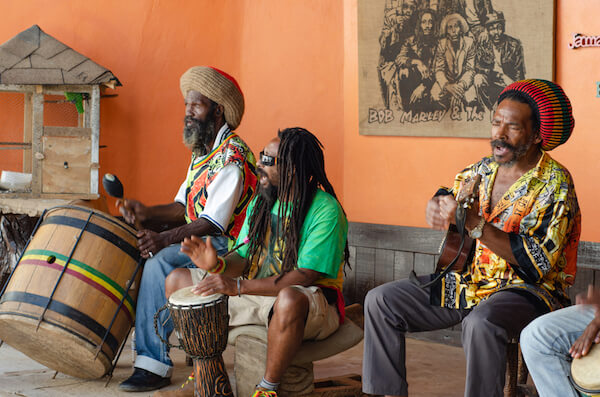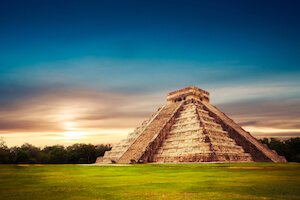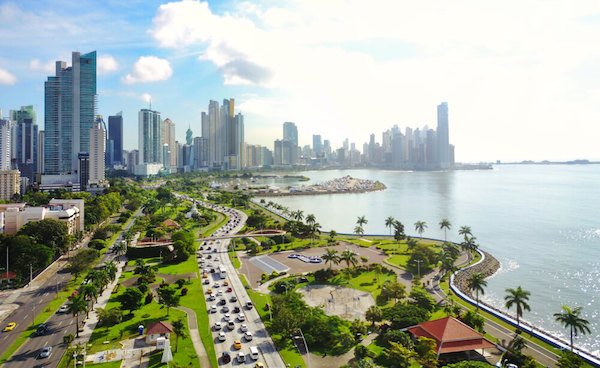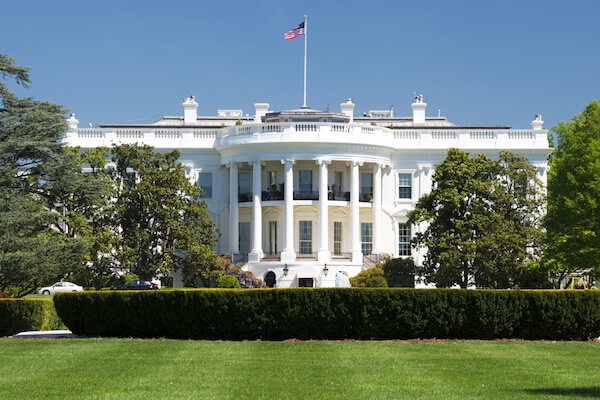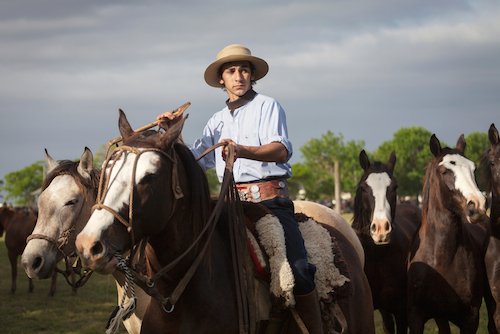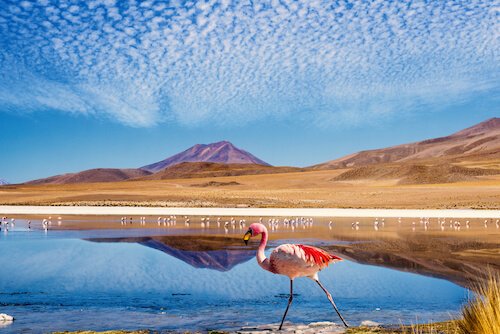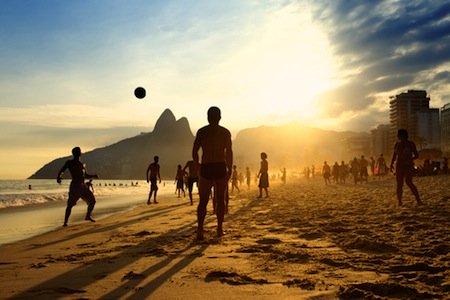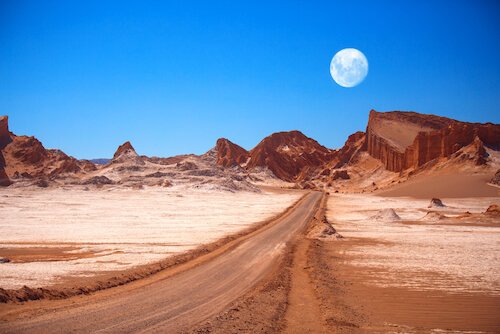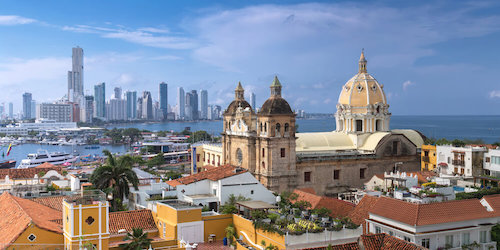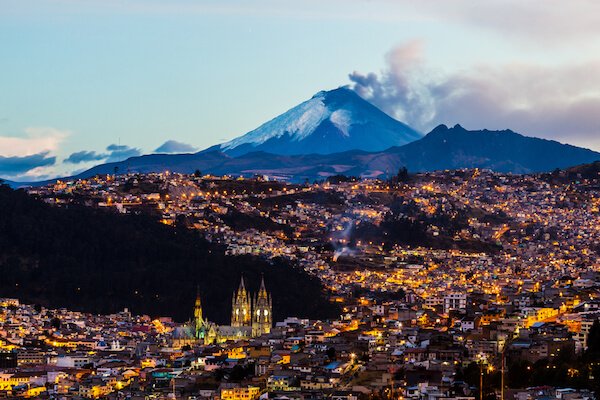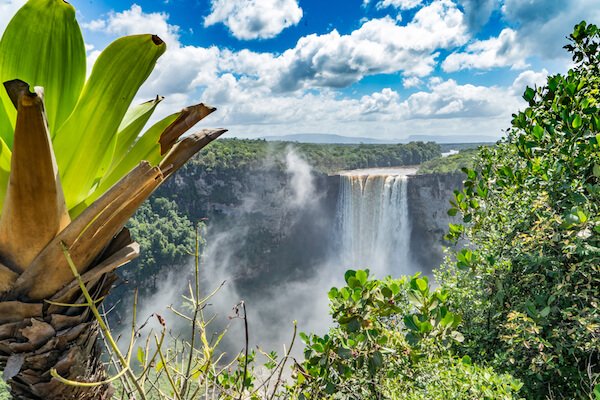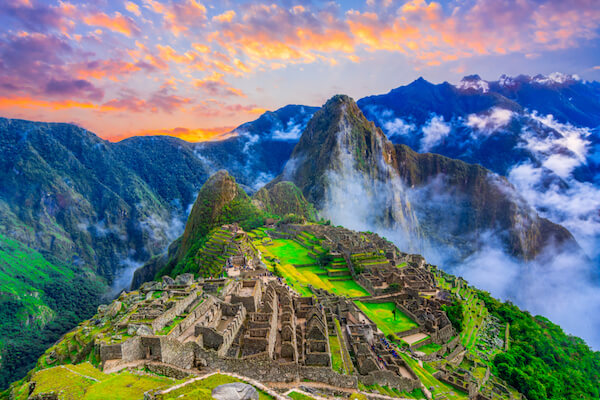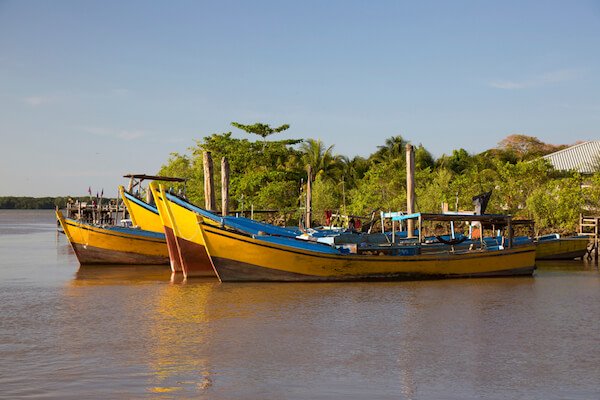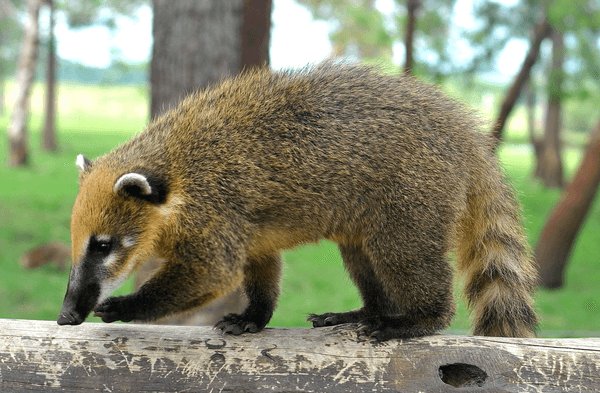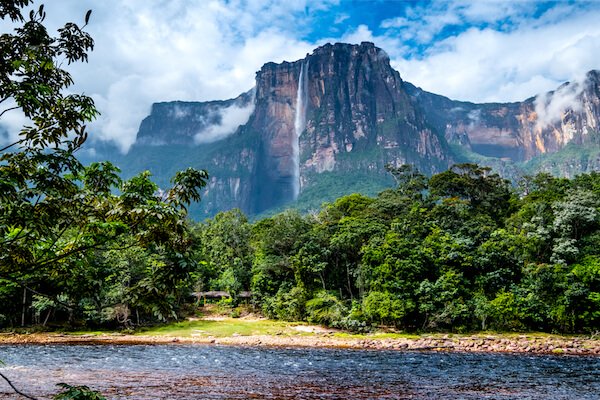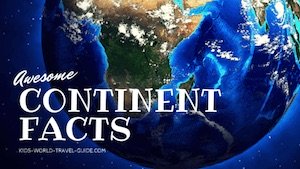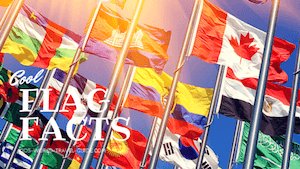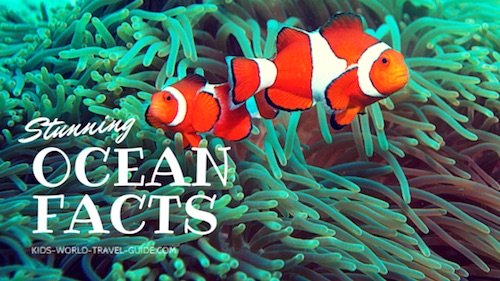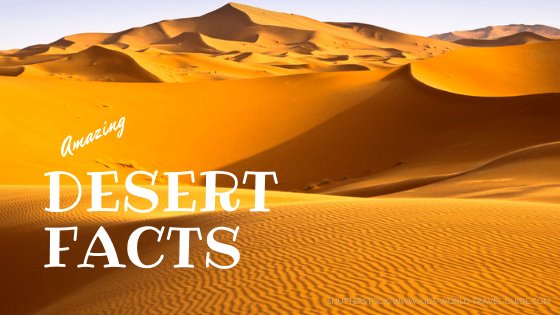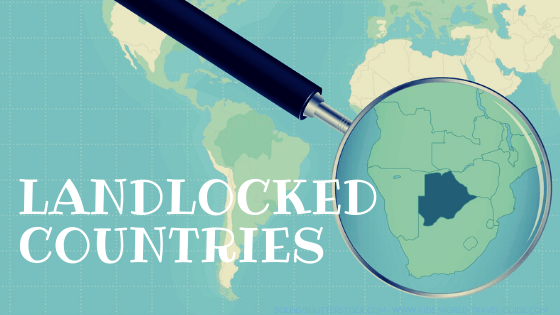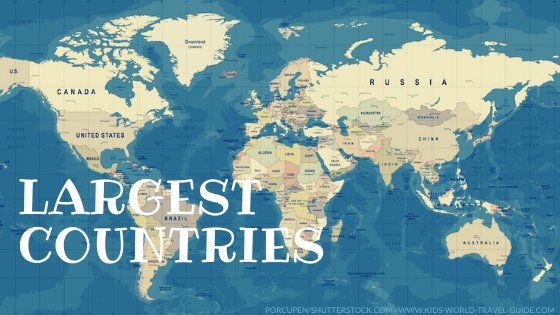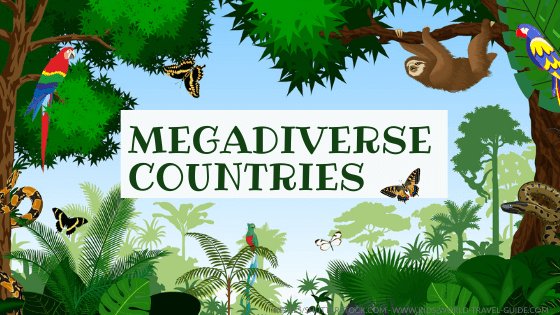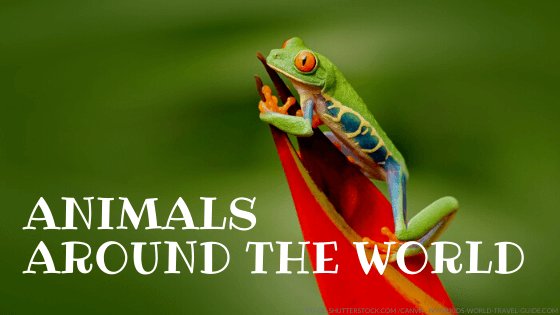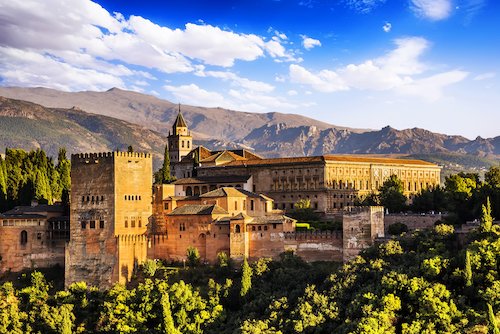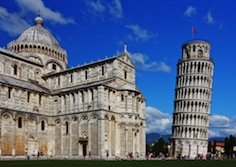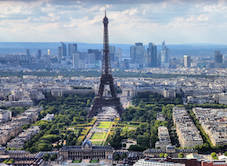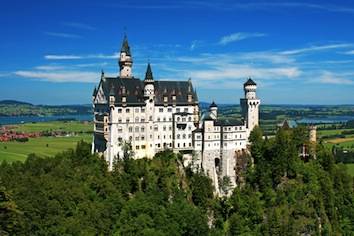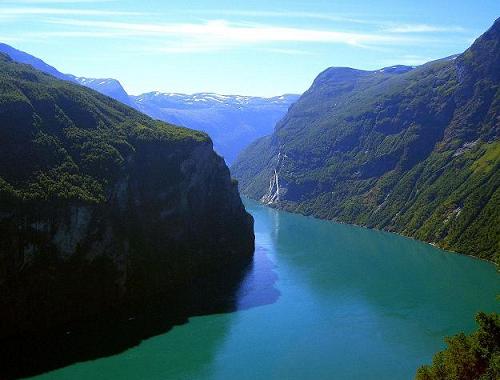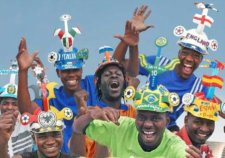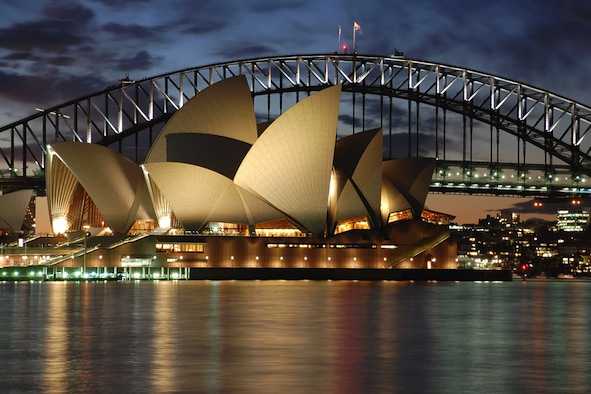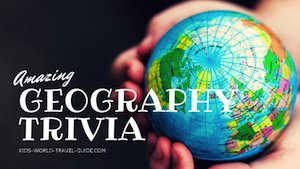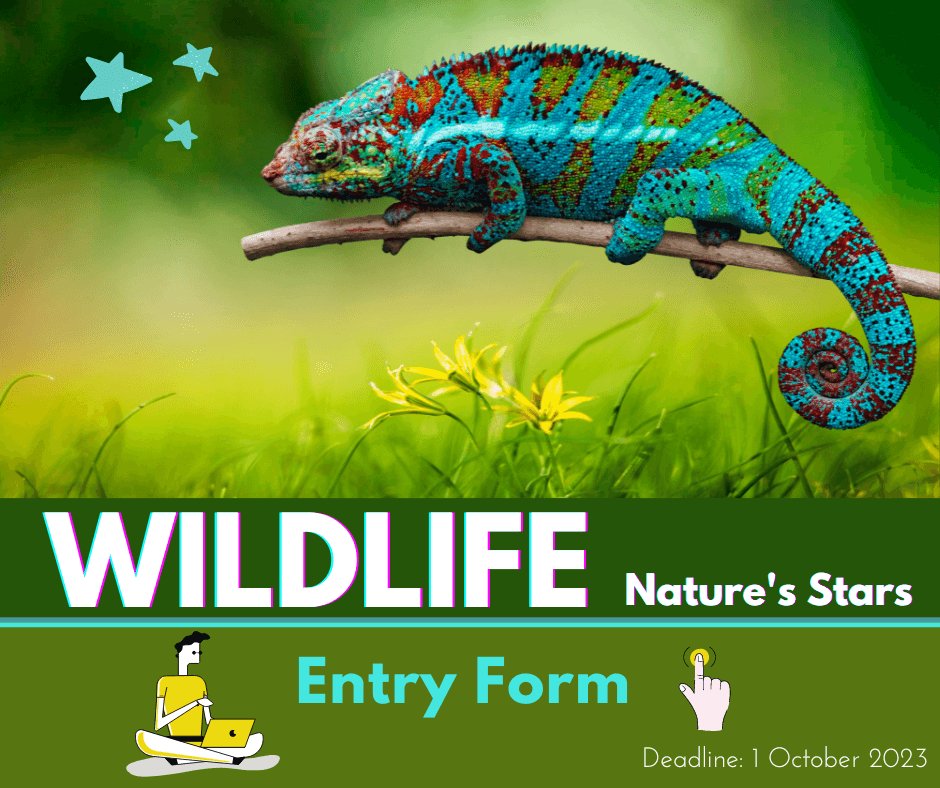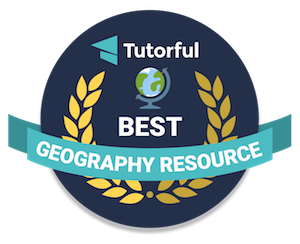- Homepage
- Dominican Republic
Dominican Republic Facts
Interesting Facts about the Dominican Republic for Kids
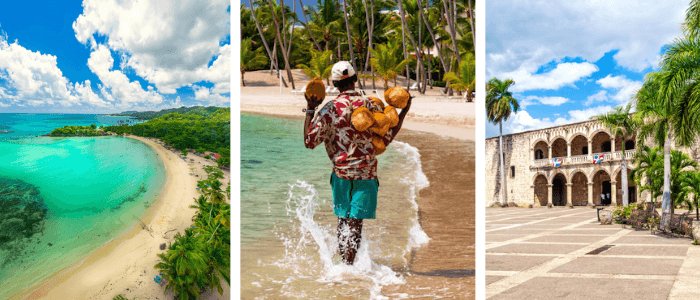
Here are some interesting Dominican Republic Facts which were chosen and researched by kids especially for kids.
Dominican Republic for Kids
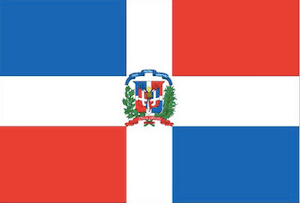
- Population: 10.6 million people live in the Dominican Republic (2021)
- Name: República Dominicana (Dominican Republic)
- Capital: Santo Domingo with 3.4 million inhabitants
- Government: Presidential republic
- Motto: "Dios, Patria, Libertad" (God, Homeland, Freedom)
- Language: Spanish
- Literacy: More than 93% of the people can read and write.
- Religion: mainly Christians (about 70% of these mainly Catholics 48%)
- Currency: 1 Peso Dominicano = 100 centavos
- National Symbols: Palmchat (national bird), red, white and blue (national colours)
- National Anthem: "Quisqueyanos Valientes"
- National Day: 27 February (Independence Day)
- History: The Taíno lived on Hispaniola island long before the Spanish colonisers settled on the island. Christopher Columbus explored the island on his first voyage in 1492. Due to smallpox and other imported diseases many of the Taíno people died during the colonisation. The Spanish established sugar cane plantations and in the 17th century the French mainly settled in the western parts of the island, where they started tobacco plantations. The Dominican Republic was first known as Santo Domingo and only in 1844 declared independence from Haiti. Then the first constitution was established after the Dominican Republic's Independence War and the republic only gained independence again in 1865.
Dominican Republic Facts Geography
Where is the Dominican Republic?
The Dominican Republic is located on an island in the Caribbean Sea. The island is called Hispaniola.
Hispaniola is the second largest island in the Caribbean on the North American continent.
and houses two countries: the Dominican Republic in the east and Haiti in the west. The Dominican Republic is larger in land area than Haiti.
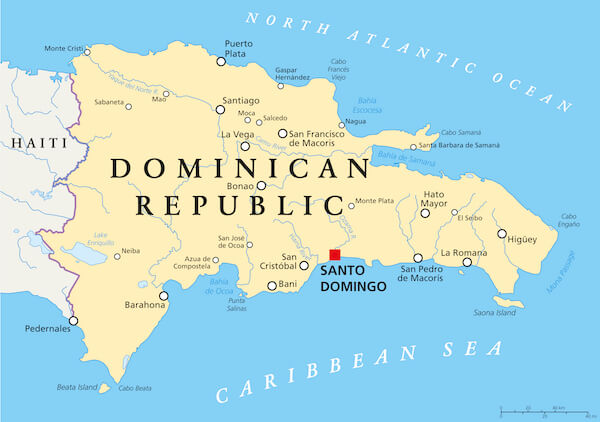 Map of the Dominican Republic
Map of the Dominican RepublicThe Dominican Republic's capital city is called Santo Domingo. This city is located centrally on the southern coastline.
The Dominican Republic is a mountainous country with fertile valleys that are used for agriculture.
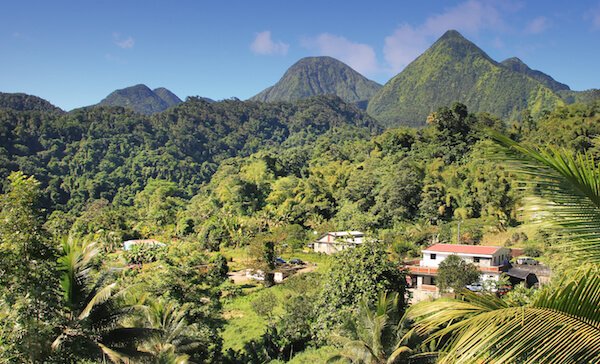 Dominican Republic landscape
Dominican Republic landscapeThe Dominican Republic is the second largest country in the Caribbean - after Cuba. The country is about the same size as Slovakia or twice the size of New Jersey/USA.
A flight from London/ UK to Punta Cana/ Dominican Republic takes roughly 8.5 hours while from Miami/USA a flight takes only 2 hours. Punta Cana is the busiest airport of the country and the main tourist centre.
Dominican Republic Facts | Climate
The Dominican Republic has a tropical rainforest climate. The weather along the coastline is hot and humid with few seasonal variation and the country's interior has more temperate temperatures.
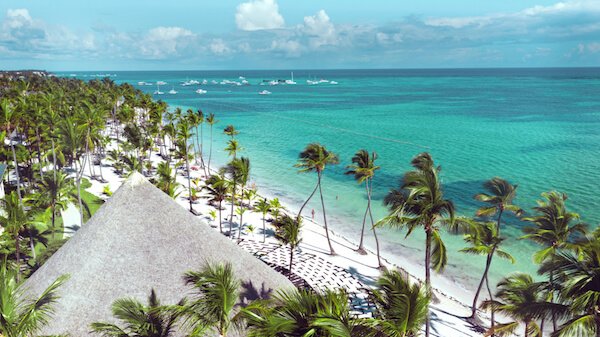 Punta Cana is the main tourist centre
Punta Cana is the main tourist centreHispaniola island is inside the Atlantic Ocean's hurricane belt. The hurricane season usually lasts from June to October. The last major hurricane that hit the Dominican Republic was Hurricane Georges in 1998.
Dominican Republic Facts
Geo Superlatives
- The name Dominican Republic comes from the name of the city Santo Domingo. The indigenous Taíno name of the country is Quisqueya.
- The Dominican Republic is the second largest country in the Caribbean - after Cuba.
- Among the largest towns in the Dominican Republic are Santo Domingo, Santiago de los Caballeros and San Christobal. Puerto Plata with Playa Dorada in the north west of the country and Punta Cana in the south east of the island are among the most popular tourist resorts.
- The capital city Santo Domingo is located at the Rio Ozama (in English: Ozama River). The Colonial City district is located on the western river bank.
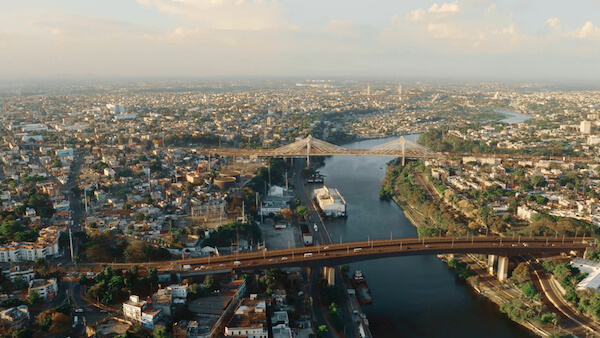 Santo Domingo and the Ozama River
Santo Domingo and the Ozama River- The highest mountain peak in the Dominican Republic is Pico Duarte. The mountain is 3,098 m/ 10,164 ft high. It is also the highest mountain in the Caribbean.
- Lake Enriquillo is the largest lake in the country and in the Caribbean. This lake is situated at 45 m/ 148 ft below sea level and therefore also is known as the lake with the lowest elevation in the region.
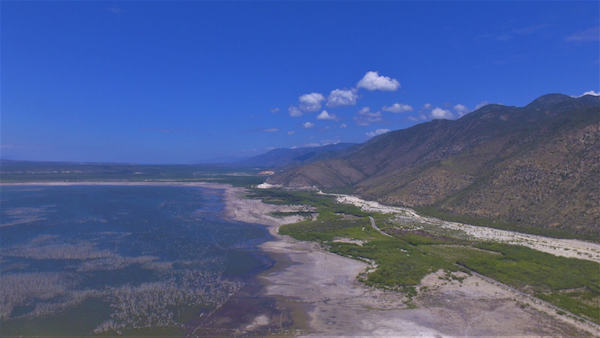 Lake Enriquillo is the largest lake in the Caribbean
Lake Enriquillo is the largest lake in the Caribbean- The longest river in the Dominican Republic is the Yaque del Norte with 296 km/ 184 miles.
- The Salto El Limón (El Limon Waterfalls) are among the highest and most scenic waterfall sites.
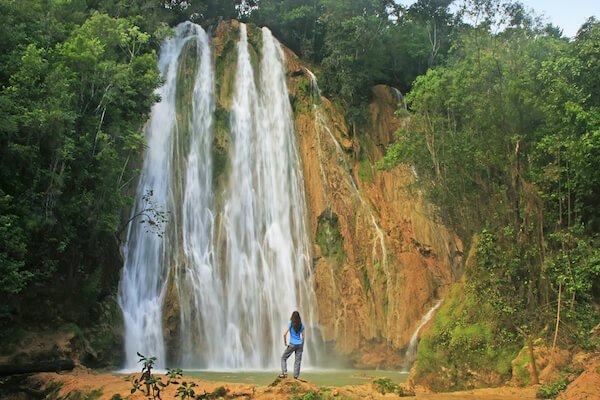 El Limon waterfall in the Dominican Republic
El Limon waterfall in the Dominican RepublicDominican Republic Facts
Dominican Republic Landmarks
- Alcazár de Colón: This Dominican landmark is located in Santo Domingo's Ciudad Colonial (which means Colonial City). This palace was once home to Diego Columbus, son of Christopher Columbus. Today it houses a museum. The Ciudad Colonial is the site of the first cathedral and fortress built in the Americas and has been awarded UNESCO World Heritage status.
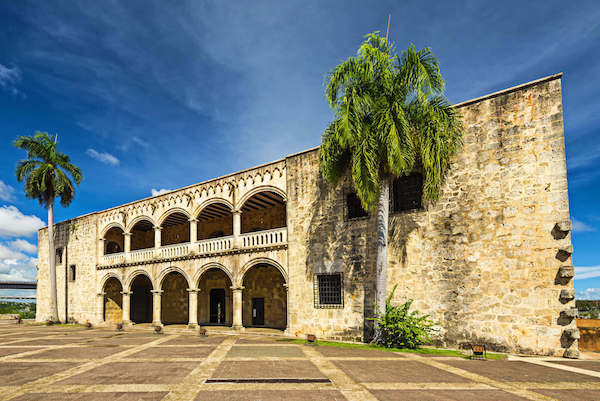 Alcazar de Colon
Alcazar de Colon- The monumental Faro a Colón, also referred to as 'Columbus Lighthouse' was built in 1992 to commemorate the 500th anniversary of Christopher Columbus' landing in the country. In this building which includes a mausoleum and a museum the bones of Columbus (which is disputed by Spain) and ancient objects are exhibited.
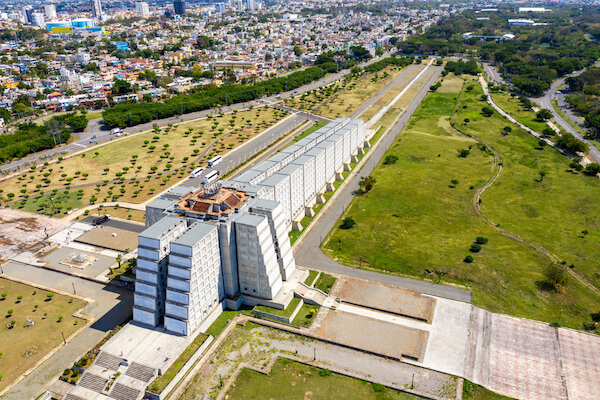 Faro a Colon - Columbus Lighthouse
Faro a Colon - Columbus LighthouseLos Haitises National Park: In this national park, numerous high towering rocks mount out of the water. The rock formations are up to 30 m/ 98 ft high. Los haitises means 'hilly land' in the local Taíno language. The bay with rocky islands, mangroves and caves is best explored by boat.
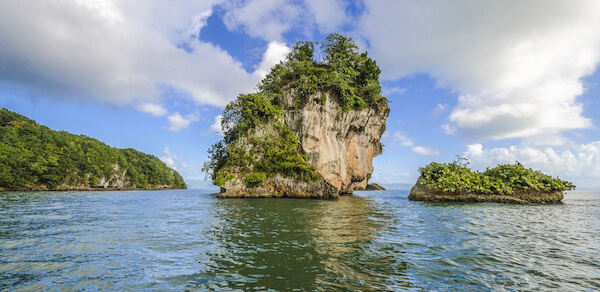 Los Haitises
Los Haitises- Jaragua National Park is the largest protected area in the Caribbean. Here you find the stunning Bahia de las Aguillas (which means "Eagles Bay"). This remote beach is 8 km/ 5 miles long.
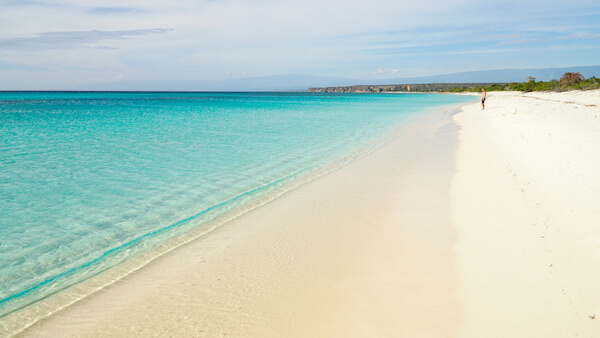
Dominican Republic Facts Economy
In the Dominican Republic's fertile valleys, farmers grow a large variety of agricultural products. Among the main produce are sugarcane, tobacco and coffee. About 40% of the country is forested and 50% of the land is used for agriculture.
The Dominican Republic is one of the ten top producers and exporters of cocoa products.
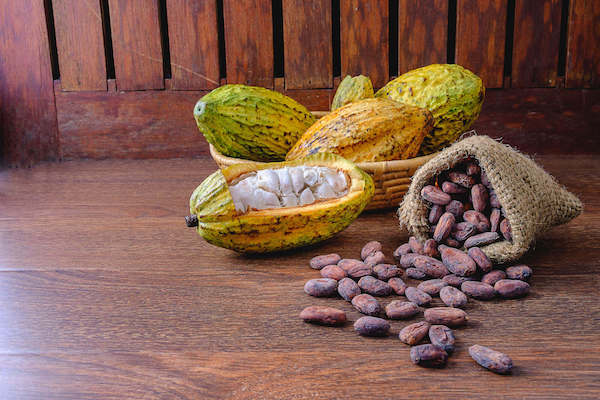 Cocoa pod with cocoa beans
Cocoa pod with cocoa beansOther important export products of the Dominican Republic are the natural resources nickel, bauxite, gold and silver, as well as agricultural products such as sugar and coffee.
The main trading partner of the Dominican Republic are the USA. China, Haiti and Canada are also important trading partners.
Dominican Republic Facts | People
The Taino-Arawak Indians were the indigenous inhabitants of Hispaniola. The island was colonised by the Spanish and French. The Dominicans speak Spanish which is also the official language while in neighbouring Haiti people speak mainly French.
About 27% of the Dominican population is under 14 years old.
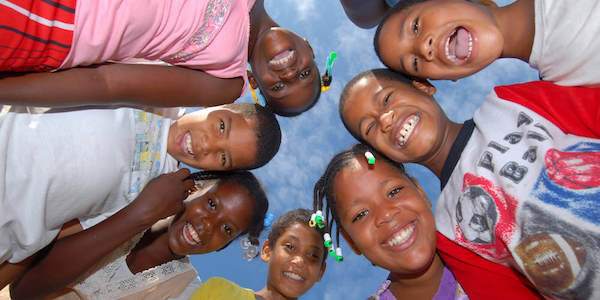 Happy Dominicans
Happy DominicansMost of the Dominican people live in urban areas (83%) along the southern coastal plains and in the fertile Cibao valley.
Dominican Republic Facts
Food
The Dominican cuisine is influenced by Spanish, French, Taíno and African cooking styles. Plantains, beans, coconuts, fruits and vegetables are widely grown and used in the Dominican dishes.
Typical Dominican food and drinks include:
- Tostones: Fried green plantains, that are enjoyed usually salted not sweet.
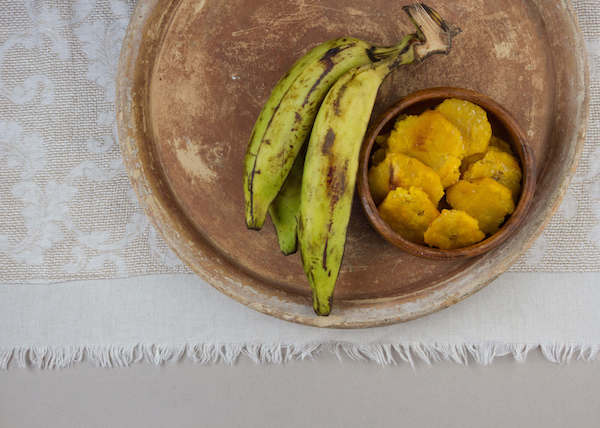 Tostones and Plantains
Tostones and Plantains- La Bandera: national dish called "national flag", usually eaten at lunchtime, made with chicken, rice, beans and served with avocado.
- Sancocho: also often called the national soup is a meat broth made with vegetables and pumpkin
- Helado de Batata: ice cream made with coconut milk and sweet potatoes
- Biscocho Dominicano: the "Dominican cake" is a frosted sponge cake filled with pineapple jam
Dominican Republic Facts Animals
The Dominican national bird is the palmchat, a long-tailed songbird that is only found on Hispaniola island. The palmchat birds build huge communal nests for up to 30 families.
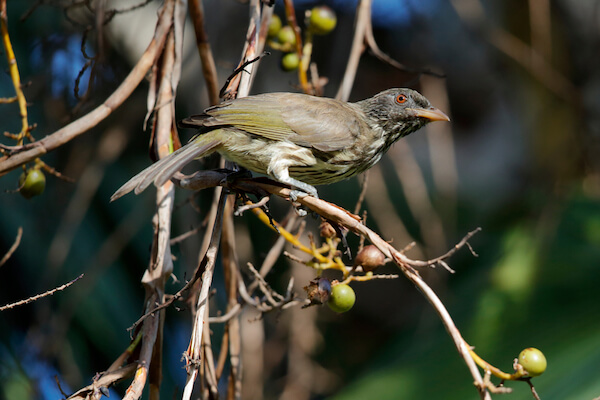 Palmchat bird
Palmchat birdThe Dominican Republic is also home to many endangered species such as the West Indian manatee and the threatened rhinoceros iguanas.
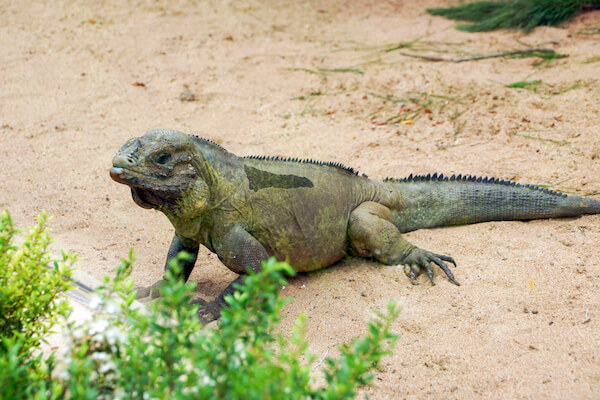 Rhinoceros iguana
Rhinoceros iguanaHumpback whales come to the Bay of Samaná from January to March. The whales come to the bay to mate and give birth to their young.
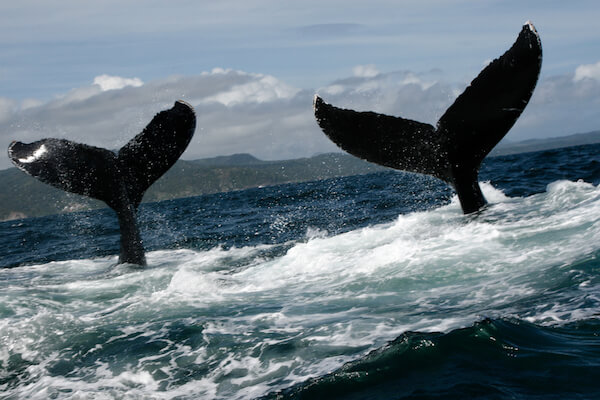 Humpback whales
Humpback whalesPopular Pages
Useful Resources for Dominican Republic Facts
- Central Intelligence Agency. "Central America: Dominican Republic." WorldFactBook. 20 July 2021. Last accessed 27 July 2021
- Marianne Florentino. "23 Iconic Dominican Foods to Try From Around the Island & Their Cultural Influences." Dominican Abroad. 5 January 2020. Last accessed 27 July 2021
- Dominican Republic Ministry of Tourism. "Dominican Republic has it all." GoDominicanRepublic. Last accessed 27 July 2021
Images on Dominican Republic Facts page: shutterstock.com and own images
Return from Dominican Republic Facts to Kids World Travel Guide Homepage
Enter our competition NOW
More countries in
North America
NEW: Factslides
More about Countries in
South America
***
